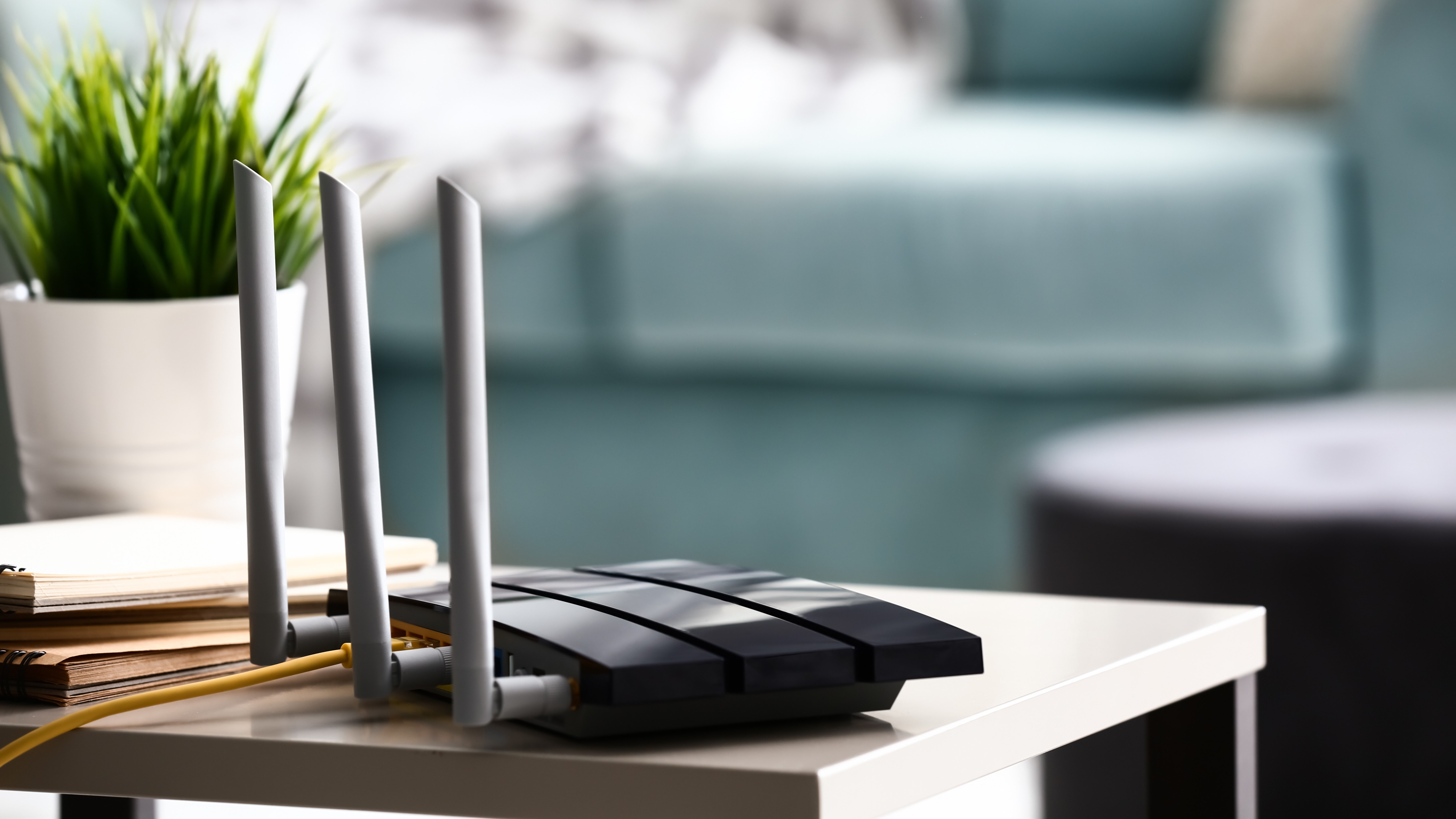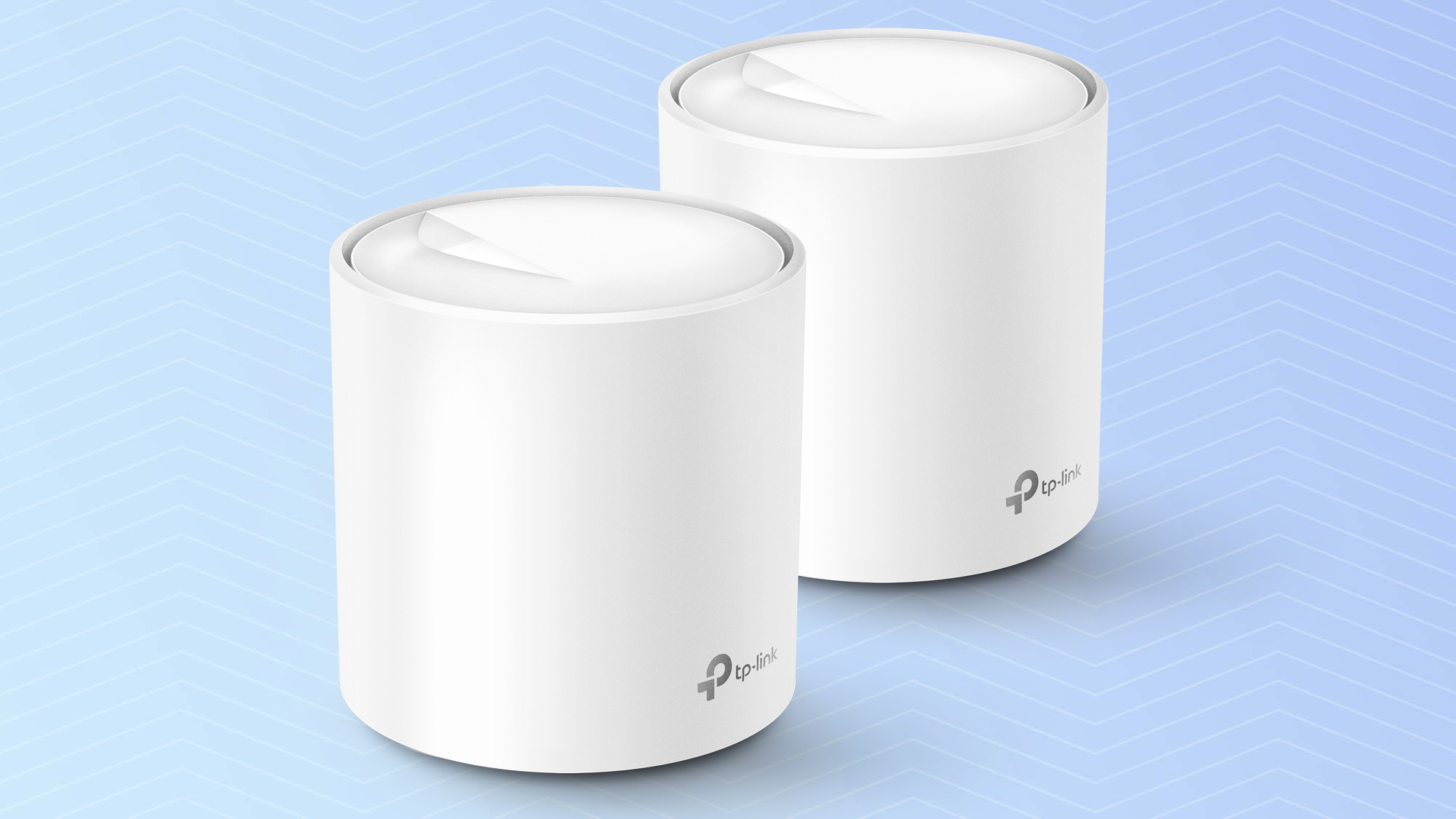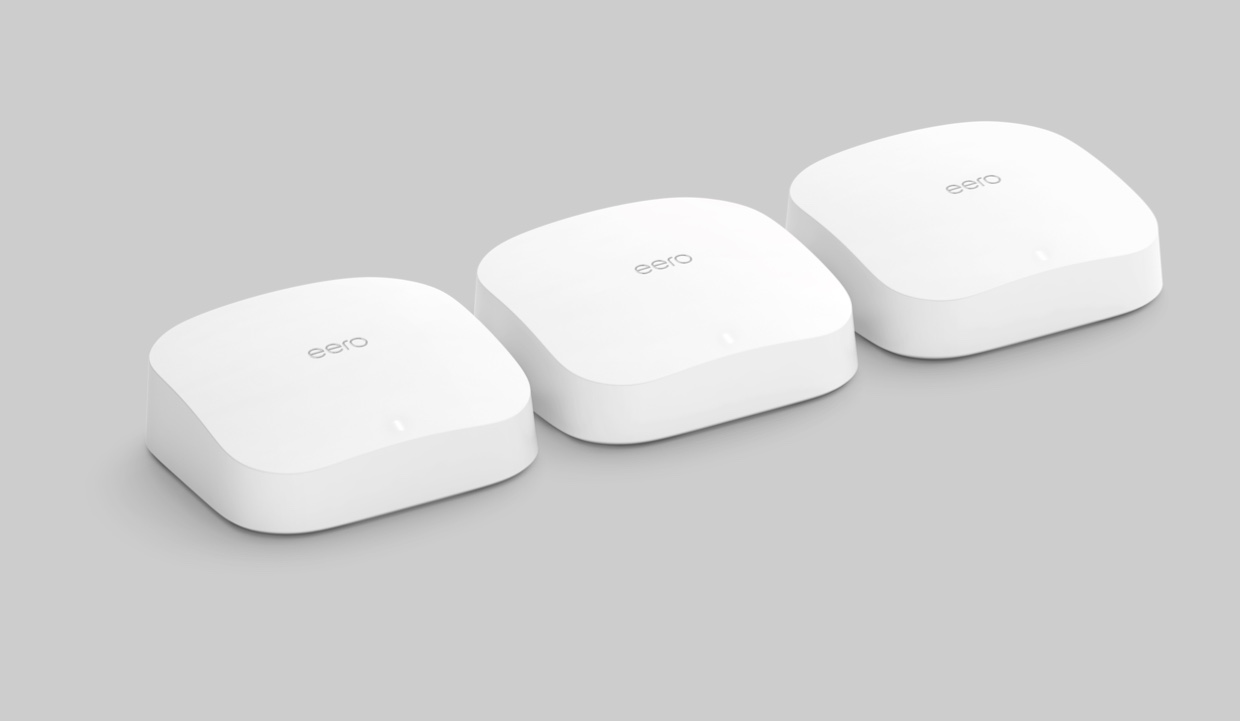Amazon Prime Day — why it could be the perfect opportunity to break free from your ISP
Sometimes you have to spend money to save money

If you’re trying to make the most of your budget and cut costs, then you’ve likely gone through your subscription services and determined which ones to cancel and if you haven’t yet, you probably should. However, what if I told you that you’re likely paying a monthly fee that you don’t even know about.
Unless you purchased one of the best cable modems along with one of the best Wi-Fi routers on your own, your internet service provider (ISP) is charging you around $10 each month in equipment fees. In fact, if you have Xfinity internet from Comcast, you’re actually paying $14 per month.
With Amazon’s Prime Early Access Sale kicking off tomorrow and Black Friday just around the corner, maybe it’s time to break free from your ISP and finally get your own home networking equipment.
Why rent when you can own?
By the end of the year, you’ll end up paying your ISP $120 or more in equipment rental fees. However, you don’t have to, as you can use your own devices instead and lower your monthly internet bill in the process. Using your own modem and router can also help improve the security of your home network but more on that later.
Even with a budget of just $120, you can pick up your own modem and router from Amazon during the Prime Early Access Sale. However, Walmart is also having its own Walmart Rollbacks and More Sale that doesn’t require an Amazon Prime membership, if you want to shop around.
As most routers and cable modems have a lifespan of 3-5 years, that gives you a budget of around $300-$500 in equipment fees you won’t have to pay to work with. By shopping smart though, you will likely be able to ditch that old equipment from your ISP with some cash left over.
Better Wi-Fi, greater security

Besides saying goodbye to monthly equipment rental fees, buying your own modem and router also has other benefits.
Sign up to get the BEST of Tom's Guide direct to your inbox.
Get instant access to breaking news, the hottest reviews, great deals and helpful tips.
Since the best mesh routers are relatively new, ISPs don’t really offer them on their own and instead prefer to give customers a modem and a Wi-Fi router or a modem/router combo. However, if you live in a larger home or even a big apartment, you may notice Wi-Fi dead zones where your internet connection drops off. With a mesh router, you don’t have to worry about this since they come in two or three-packs and the individual nodes are spread throughout your house for improved connectivity.
Even if you’re not ready for a mesh router just yet, buying your own router will let you take advantage of the latest wireless technology like Wi-Fi 6 or Wi-Fi 6E. These new wireless standards can support more connected devices while also offering faster speeds.
Many of the best Wi-Fi 6 routers also include additional security features and software like malware protection, parental controls and more. Some even give you access or at least a free trial to the best antivirus software.
Routers and modems worth considering
If you’re ready to take the plunge and break free from your ISP, these are some of our favorite routers worth considering. While they might not all be on sale on Prime Early Access Day, they have been discounted in the past.
For those looking for a modem/router combo, the ARRIS Surfboard G34 works with Xfinity, Cox and Spectrum. In addition to being a Wi-Fi 6 router, it’s also a DOCSIS 3.1 cable modem with four gigabit Ethernet ports.
If you have a bigger budget, the Orbi CBK752 is actually a modem/mesh router combo with Wi-Fi 6, plenty of Ethernet ports and it ships with Netgear’s Armor security software and Smart Parental Controls.

If you’ve tried Wi-Fi extenders or powerline extenders to no avail, then the TP-Link Deco X20 is an affordable Wi-Fi 6 mesh router system. With the three-device kit, you can cover up to 5,800 square feet and each unit has two gigabit Ethernet ports. While conducting testing for our review, the TP-Link Deco X20 was able to move 622.1 Mbps at 15 feet which is more than enough if you have a 500 Mbps internet plan.

As Amazon has its own home networking brand, the company’s eero devices like the Eero Pro 6 will also likely go on sale. This Wi-Fi 6 mesh router is a breeze to set up and it also has Zigbee built-in to allow you to control many of the best smart home devices. Amazon also recently announced that some of its Echo smart speakers will soon act as mesh extenders for its eero devices. This way you can expand your wireless coverage using devices you may already own.
While you’ll need a cable modem to go along with your new Wi-Fi router if you don’t get a modem/router combo, many of the best cable modems can be had for under $100.
Complete control over your home network
By purchasing your own home networking equipment, you get to decide when it’s time to upgrade, not your ISP. Since ISPs create devices with the mass market in mind, they don’t replace them that often, if at all. Also, you get to try out the latest wireless technology and features even sooner.
Since you’ll now be in charge of your home network, you may want to plan ahead in case you move or add more connected devices. Even if you don’t get a mesh router, you can always get a device like the Linksys Hydra Pro 6 that you can use to create a mesh network down the road. This also means choosing a router with enough Ethernet ports for your needs but even then, you can always use an Ethernet switch to connect even more devices.
Buying your own modem and router or even a modem/router combo isn’t always easy but with the right research, you can finally say goodbye to equipment rental fees while also having complete control over your home network.

Anthony Spadafora is the managing editor for security and home office furniture at Tom’s Guide where he covers everything from data breaches to password managers and the best way to cover your whole home or business with Wi-Fi. He also reviews standing desks, office chairs and other home office accessories with a penchant for building desk setups. Before joining the team, Anthony wrote for ITProPortal while living in Korea and later for TechRadar Pro after moving back to the US. Based in Houston, Texas, when he’s not writing Anthony can be found tinkering with PCs and game consoles, managing cables and upgrading his smart home.
